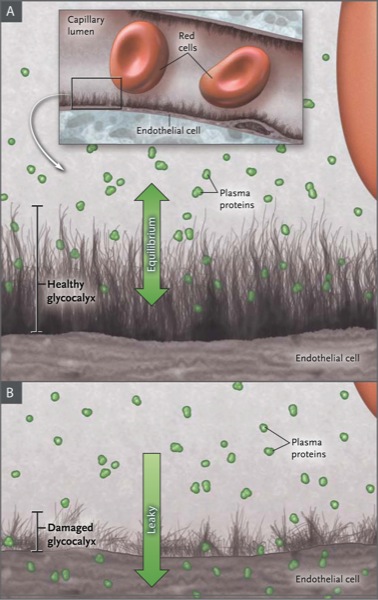

Endothelial function in certain aspects are studied in greater detail compared to others due to earlier understanding of certain physiology and the availability of technology. Given the diversity in function and heterogeneity of the endothelium, measurement of endothelial function is challenging.

These functions are achieved via receptors and release of a diverse family of compounds such as autacoids like prostacyclin, endothelin-1, and angiotensin II ( 13). Currently, the endothelium is known to play an important role in the modulation of vascular tone, dynamic permeability, thrombogenicity, inflammation, and angiogenesis ( 12– 14). The term “endothelial dysfunction” was then coined following the observation of diminished pulmonary exchange after intratracheal administration of bleomycin in rabbits ( 11). In the 1950s, the endothelium was believed to be merely a “sheet of nucleated cellophane” ( 8), however the importance of the endothelium in haemostasis and arterial smooth muscle relaxation, and thus vascular tone, was subsequently recognized ( 9, 10). This phenotypic heterogeneity allows the endothelium to serve an array of functions tailored for different sites. Likewise, the corresponding endothelial glycocalyx have also been shown to be different in different organ beds ( 7). The endothelial glycocalyx, together with secreted proteoglycans and other adsorbed plasma proteins including albumin, forms the endothelial surface layer ( 3).Įndothelial cells from different vascular sites and organs have demonstrated variations in their appearance and surface constituents ( 4– 6). The apical surface of the endothelium is covered by a layer called the endothelial glycocalyx ( 2), which consists of a mosaic of glycoproteins and proteoglycans, and glycosaminoglycan chains. The endothelium consists of a single cell layer of endothelial cells, lining the vascular and lymphatic systems, and covers a surface area of more than 1,000 m 2 ( 1). Here, we aim to provide an overview on the techniques available for the assessment of the different aspects of endothelial function in humans, human tissues or cells, namely vascular tone modulation, permeability, anticoagulation and fibrinolysis, and the use of endothelial biomarkers as predictors of outcomes. Current available reviews on quantifying endothelial dysfunction generally concentrate on a single aspect of endothelial function, although diseases may affect more than one aspect of endothelial function. As such, numerous techniques to measure different aspects of endothelial dysfunction have been developed and refined as available technology improves. Endothelial dysfunction is increasingly recognized to contribute to pathophysiology of many disease states, and depending on the disease stimuli, mechanisms underlying the endothelial dysfunction may be markedly different. The endothelium is recognized to play an important role in various physiological functions including vascular tone, permeability, anticoagulation, and angiogenesis. 4Department of Medicine and Radiology and Doherty Institute, University of Melbourne, Victoria, VIC, Australia.3Department of Infectious Diseases, Tan Tock Seng Hospital, Singapore, Singapore.2Lee Kong Chian School of Medicine, Nanyang Technological University, Singapore, Singapore.1National Centre for Infectious Diseases, Singapore, Singapore.Po Ying Chia 1,2,3 *, Andrew Teo 2,4 and Tsin Wen Yeo 1,2,3


 0 kommentar(er)
0 kommentar(er)
